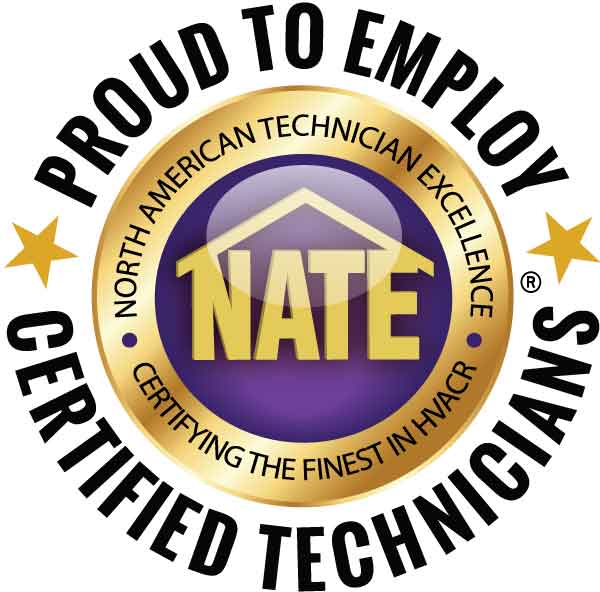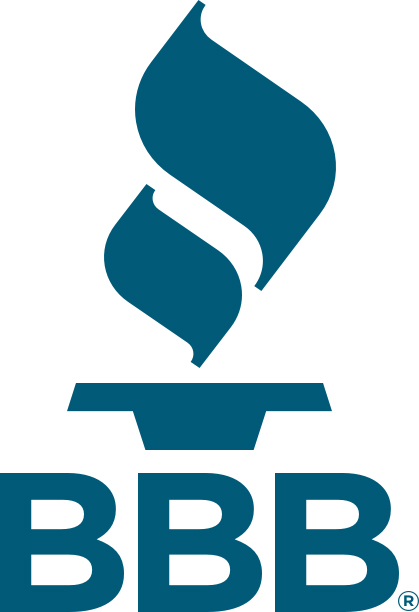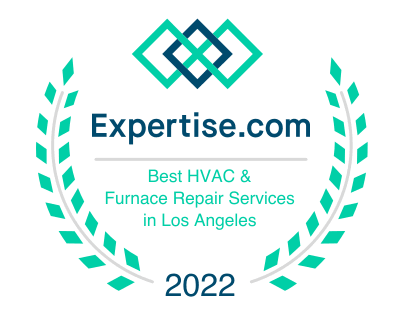
As the HVAC industry transitions to A2L refrigerants to comply with the A2L Federal Refrigerant Mandate, ensuring safety is of paramount importance. A2L refrigerants are classified as mildly flammable, which means that special safety standards and protocols must be followed to mitigate risks during installation, operation, and maintenance.
This blog will focus on the specific safety standards that have been put in place to handle these refrigerants and the essential training that HVAC technicians need to ensure compliance and safety. This is the third post in our series on the A2L Federal Refrigerant Mandate. If you missed earlier posts, you can catch up with Understanding the A2L Federal Refrigerant Mandate—An Overview and Key Components of the A2L Refrigerant Mandate—What You Need to Know.
Why Safety Standards Are Critical for A2L Refrigerants
A2L refrigerants offer a significant environmental benefit due to their low Global Warming Potential (GWP), but their mildly flammable nature introduces a new level of risk. To address these risks, updated safety protocols are required for both residential and commercial HVAC systems that use A2L refrigerants. These protocols ensure the refrigerants can be safely handled, stored, and operated without posing hazards to people, property, or the environment.
Key safety concerns include:
- Flammability: Although A2L refrigerants are less flammable than A3 refrigerants (like propane), their flammability still necessitates special safety measures.
- Leaks: Leaks can create potentially hazardous conditions, so proper detection and prevention are critical.
New Safety Standards for HVAC Systems Using A2L Refrigerants
To accommodate the mildly flammable nature of A2L refrigerants, new HVAC equipment standards have been established. These safety measures are designed to ensure the safe and reliable operation of systems using these refrigerants.
1. Enhanced Ventilation Requirements
HVAC systems that use A2L refrigerants must have adequate ventilation systems to reduce the risk of flammable gas buildup. This is particularly important in enclosed areas where gases can accumulate. Proper ventilation helps to maintain safe operating conditions in residential and commercial spaces.
2. Leak Detection Systems
Leak detection is one of the most important safety requirements for A2L refrigerants. Advanced sensors and detectors are now being integrated into HVAC systems to provide early warning of refrigerant leaks. If an A2L refrigerant leaks into an enclosed space, it could create a flammable environment if not addressed quickly. The use of automatic shutoff systems is also being adopted to prevent leaks from escalating into safety hazards.
3. Fire Suppression and Containment
In commercial settings, some systems using A2L refrigerants may need additional fire suppression measures. These could include installing specialized fire extinguishers or automatic fire suppression systems designed to contain flammable refrigerant releases. Fire-resistant enclosures for critical components can also help minimize risks in case of a leak.
4. Electrical and Wiring Safety
Electrical components in HVAC systems need to be upgraded or protected to reduce the risk of sparks igniting A2L refrigerants in the event of a leak. This means that HVAC equipment must meet updated electrical safety standards, including ensuring that all wiring, switches, and components are properly shielded from potential refrigerant exposure.
Training and Certification for HVAC Technicians
Given the safety concerns associated with A2L refrigerants, HVAC technicians must be properly trained and certified to handle these substances. This is especially important since these refrigerants have different properties and risks compared to traditional non-flammable refrigerants.
1. A2L Refrigerant Awareness and Handling
Technicians need to understand the unique characteristics of A2L refrigerants, including their mild flammability and behavior under different conditions. Handling A2L refrigerants requires specialized knowledge to ensure safety during installation, servicing, and maintenance.
Certification programs specifically focused on A2L refrigerants have been developed to equip technicians with the skills they need. This training covers:
- Proper refrigerant storage and handling
- Leak detection and prevention techniques
- Fire safety and emergency response procedures
2. Enhanced Safety Protocols
Technicians also need to be aware of the updated safety protocols and standards required for working with A2L refrigerants. This includes understanding the requirements for ventilation, fire suppression, and leak detection, as well as following best practices when installing or retrofitting HVAC systems.
3. Technician Certification Programs
There are a growing number of certification programs focused on A2L refrigerants. These programs often combine classroom instruction with hands-on training to ensure technicians have the theoretical knowledge and practical skills to handle A2L refrigerants safely. Certification ensures that technicians are qualified to install, maintain, and repair systems that use these refrigerants while complying with the latest safety standards.
Some key certification bodies include:
- North American Technician Excellence (NATE): NATE certification programs now include specialized modules on A2L refrigerants.
- Environmental Protection Agency (EPA): The EPA offers refrigerant handling certification, which has been updated to include low-GWP refrigerants like A2L.
The Importance of Working with Certified HVAC Technicians
For both homeowners and business owners, it’s critical to ensure that any HVAC work involving A2L refrigerants is done by certified professionals. Working with technicians who have undergone specialized training ensures that the installation and maintenance of these systems are done safely and in compliance with the A2L mandate.
Failing to meet safety standards or hiring uncertified technicians can lead to serious risks, including leaks, fire hazards, and potential violations of federal regulations.
Looking Ahead
As the transition to A2L refrigerants continues, safety will remain a top priority. The adoption of enhanced safety protocols and technician training programs ensures that both residential and commercial HVAC systems will operate safely and efficiently in the years to come.
In our next post, Environmental and Climate Benefits of the A2L Mandate, we’ll explore how the adoption of A2L refrigerants is helping to combat climate change and reduce the environmental impact of HVAC systems.
Contact SoCal Climate Control Heating and Air Conditioning
For personalized advice or assistance with any HVAC needs, reach out to SoCal Climate Control Heating and Air Conditioning at (833) 202-0763. We’re here to ensure your system is running smoothly and effectively, providing comfort for years to come.











